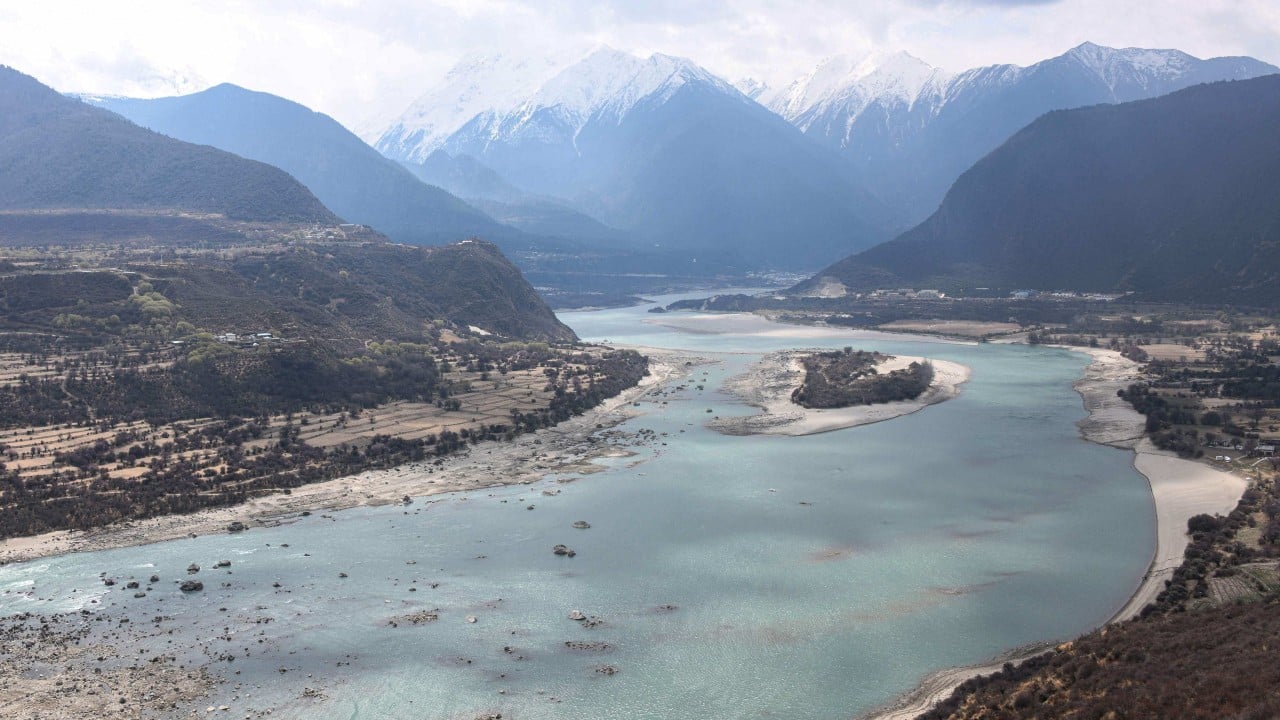High on the Tibetan Plateau, the Yarlung Tsangpo River roars through the world’s deepest canyon, plunging nearly 8,000 metres (26,250ft) before crossing into India as the Brahmaputra.
Advertisement
For centuries, this river has been a lifeline for the millions living downstream. But now, a US$137 billion hydropower project – the largest of its kind ever attempted – threatens to turn its waters into a new front in the rivalry between China and India.
Approved last month by Beijing, the project is poised to dwarf the massive Three Gorges Dam in scale, generating three times as much power. But this engineering marvel also represents a new, more insidious battleground: water.

Analysts warn that while the project may not provoke immediate conflict, it lays the groundwork for a contentious new chapter in a relationship already defined by mistrust, border clashes and competing regional ambitions.
“The real challenge for New Delhi and Beijing lies in preventing this issue from becoming another flashpoint in the relationship,” said Shibani Mehta, a senior research analyst with the Carnegie India think tank’s security studies programme.
But border tensions are the bigger issue colouring every other aspect of ties, according to Srikanth Kondapalli, a professor of China studies at India’s Jawaharlal Nehru University and dean of its School of International Studies. “No progress on de-escalation in the border areas means no improvement in bilateral relations,” he told This Week in Asia.

‘In Beijing’s hands’

